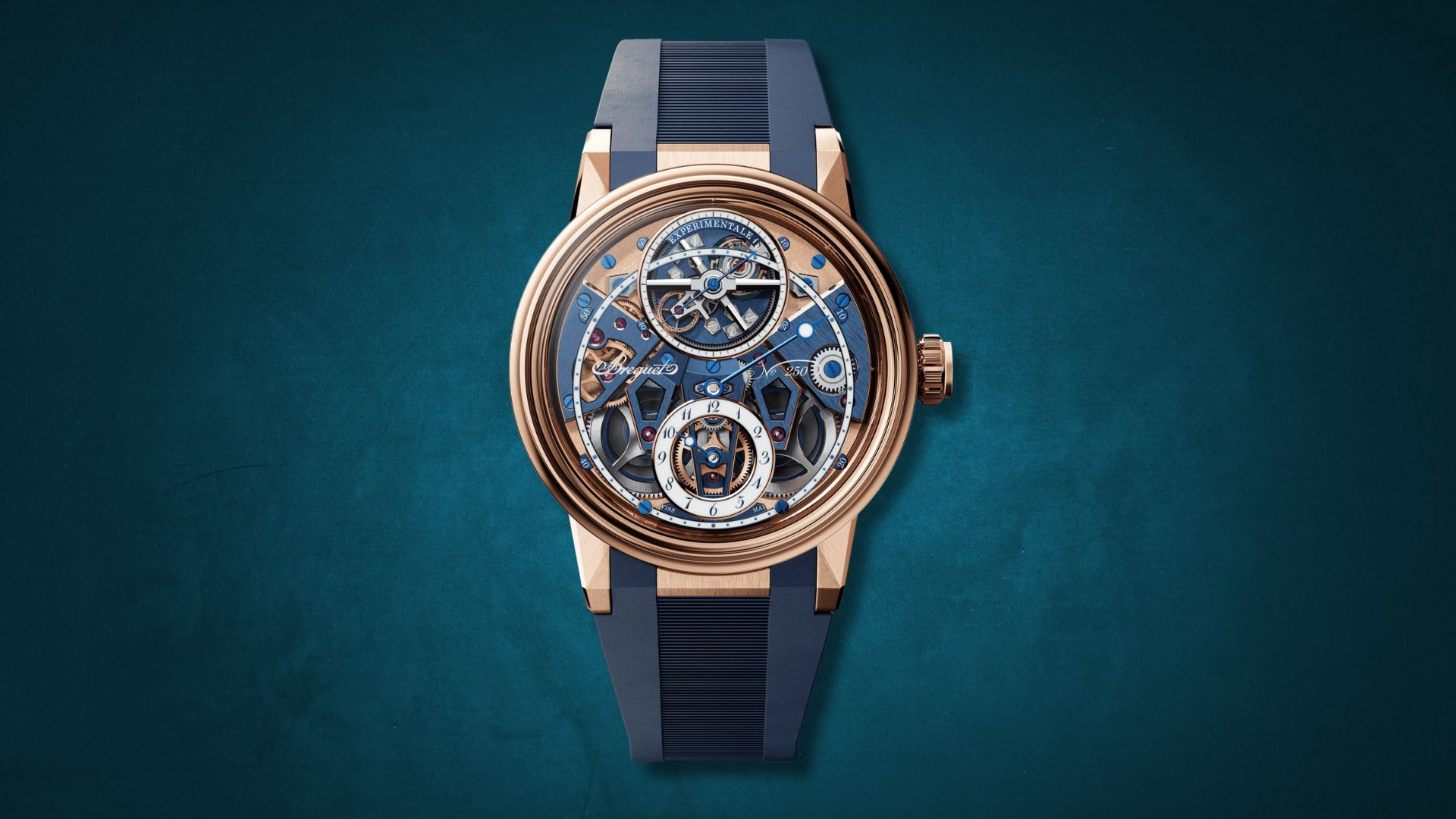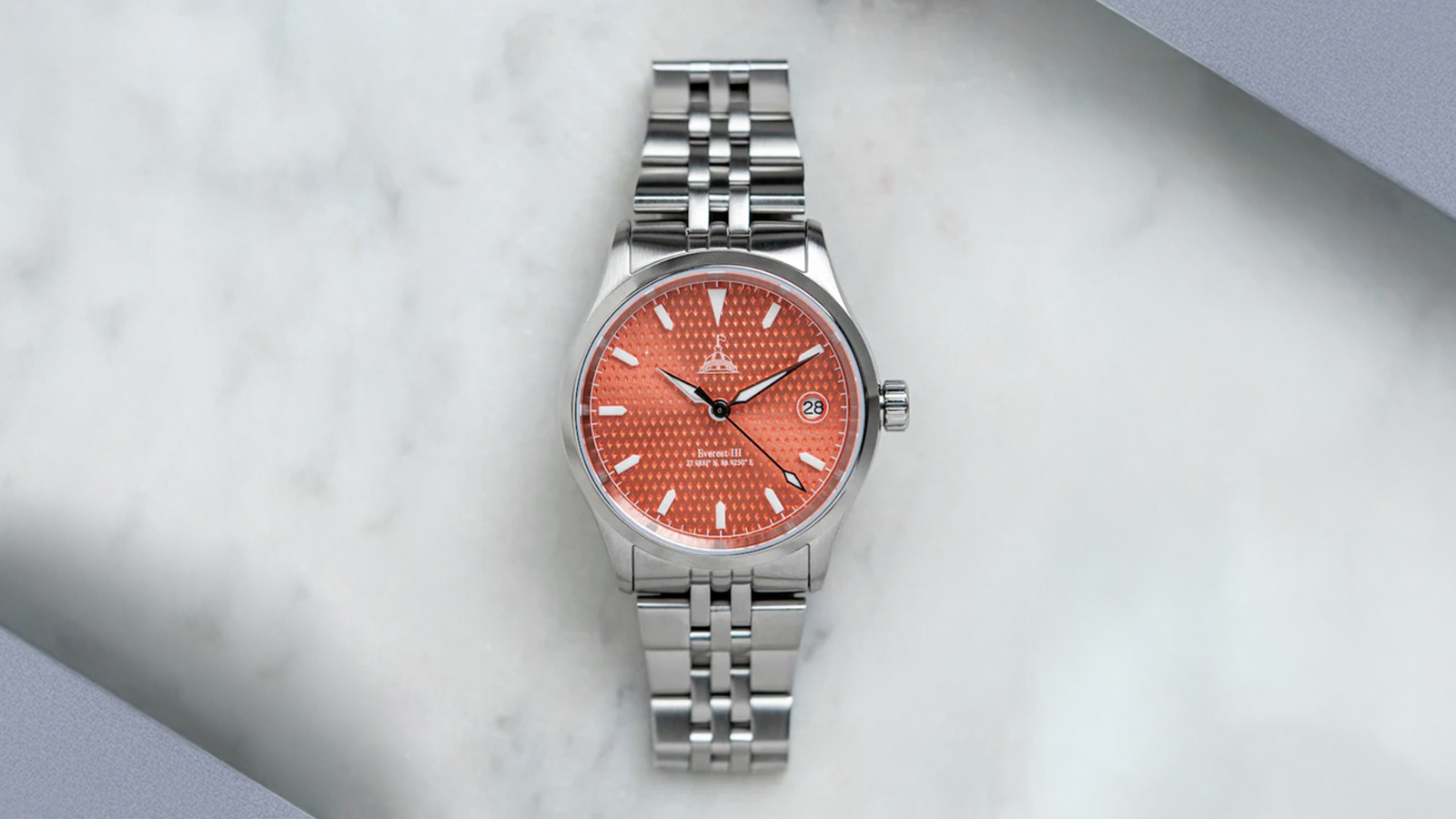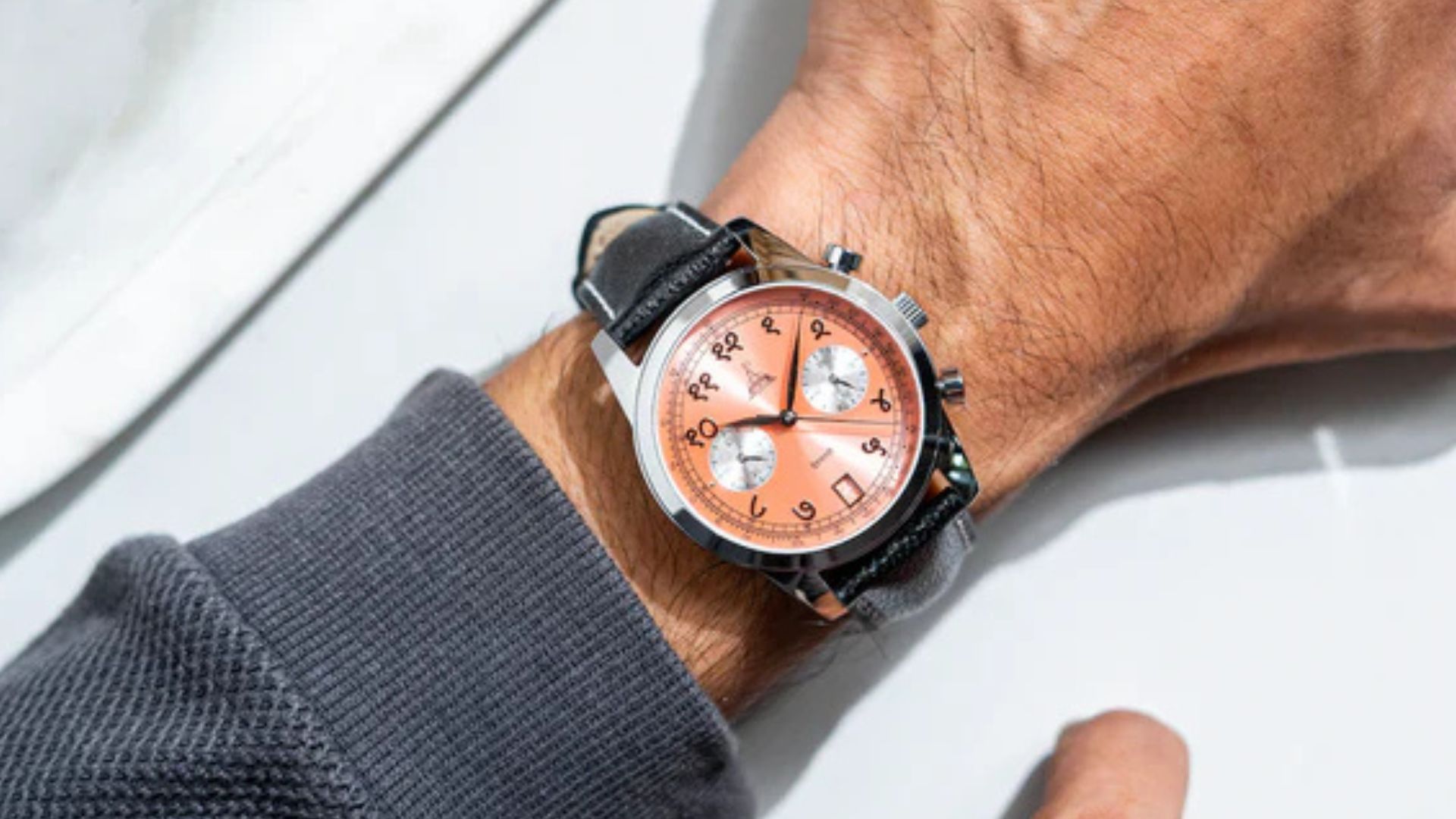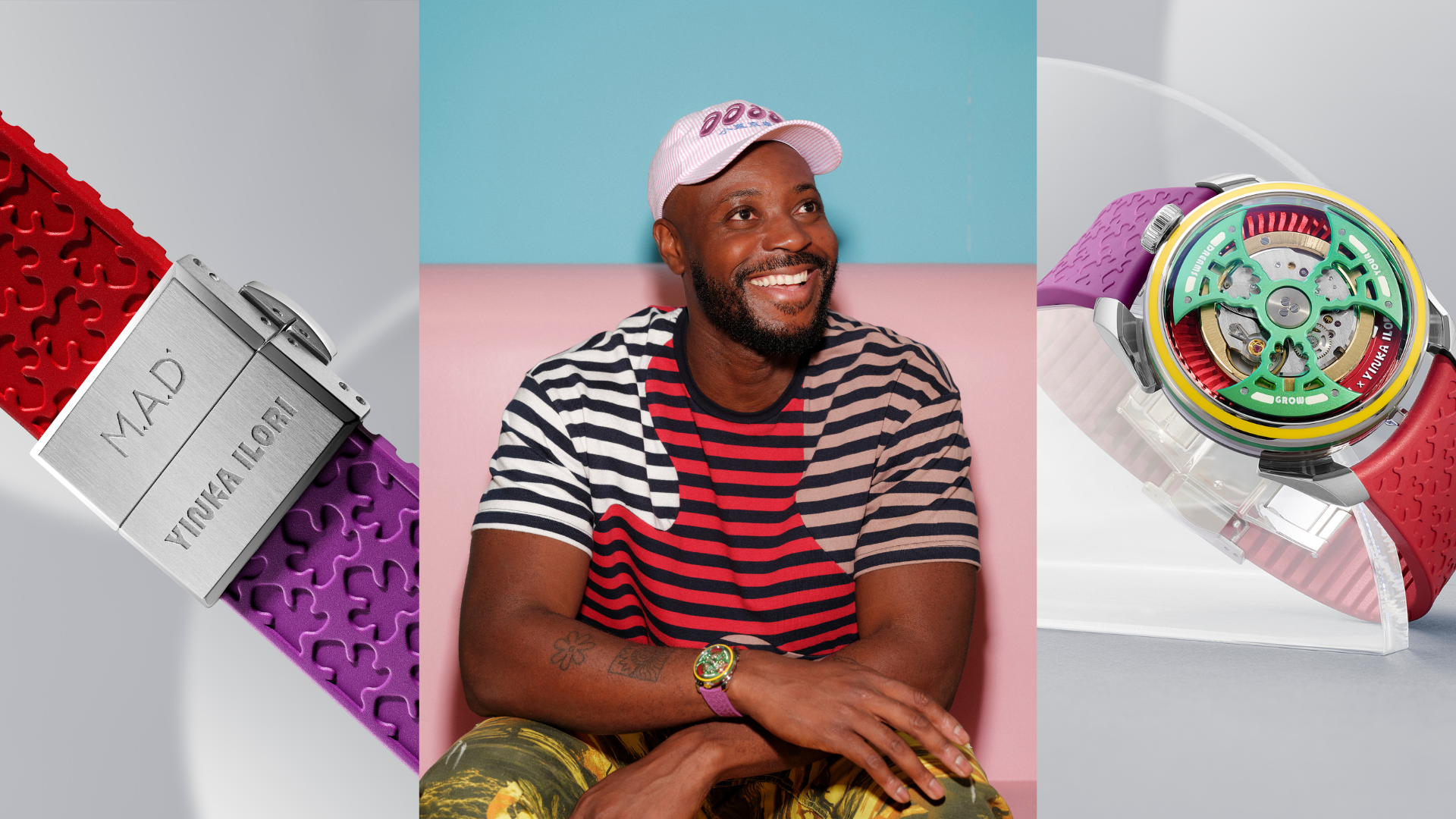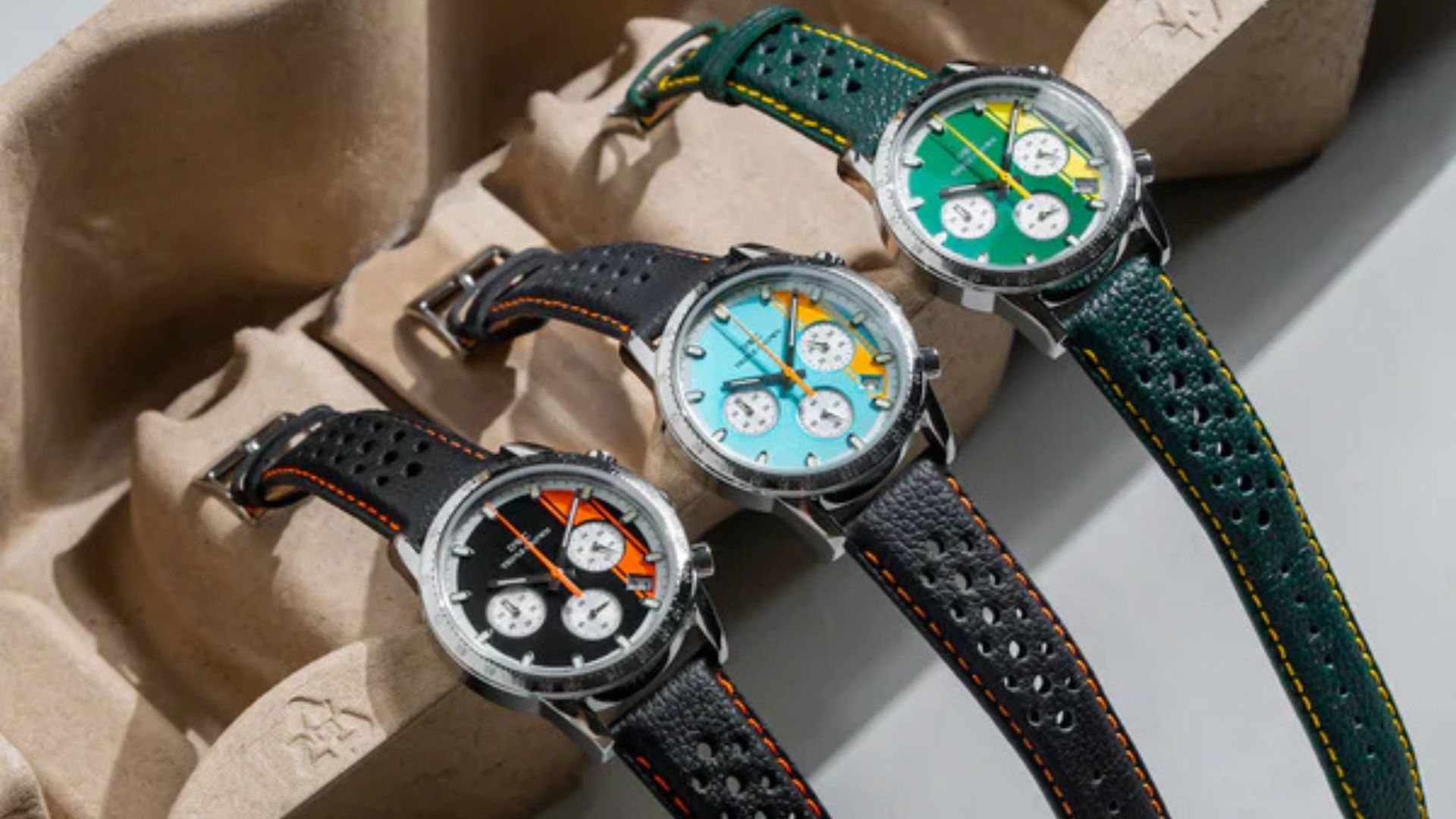Differences Between Chronograph and Analogue Watches


Wristwatches embody function and style, offering distinct features tailored to various needs. Chronograph and analogue watches are two fundamental categories. While both serve the core purpose of timekeeping, they diverge in function, design, and application. Understanding these differences helps refine choices based on lifestyle and preference.
Core Differences Between Chronograph and Analogue Watches
Chronograph watches integrate a stopwatch mechanism, allowing users to measure elapsed time precisely. Equipped with strategically placed subdials and pushers, they provide an advanced functionality suited for sports, aviation, and racing applications. The chronograph hand, often accented in a contrasting colour, ensures clear visibility for accurate timing, while additional counters track minutes and hours. Some models feature flyback functions, allowing instant reset and restart, which is crucial for split-second timing in competitive settings.
Analogue watches, in contrast, adhere to traditional time displays, featuring hour, minute, and often second hands. They prioritise straightforward time-telling and embody classic watchmaking traditions with refined simplicity. Analogue timepieces uphold a timeless aesthetic, whether enhanced with luminescent markers for improved legibility or adorned with intricate guilloché patterns on the dial. Their mechanical craftsmanship, often visible through skeletonised dials or exhibition casebacks, underscores their enduring appeal among horology enthusiasts.
Design and Aesthetic Differences

Chronograph watches often carry a bold, sporty look with larger cases, pronounced bezels, and well-defined subdials. Their strong construction enhances visibility, ensuring easy access to timing functions. Many models feature high-contrast dials, oversized numerals, and luminescent markers, optimising readability in high-speed or low-light conditions. Straps vary from rugged silicone for sports applications to stainless steel for a refined touch, further expanding their appeal. These timepieces exude a dynamic presence, making them a favourite among motorsport enthusiasts, pilots, and adventurers who appreciate a blend of precision and design.
Analogue watches offer versatility, from minimalistic elegance to intricate detailing. Dress models lean towards slim profiles, polished cases, and classic dials with Roman or baton indices, while more elaborate designs feature decorative engravings, open-heart mechanisms, and artistic dials. Whether a sleek, understated timepiece for business wear or an ornate statement piece, analogue watches cater to diverse aesthetic tastes, smoothly transitioning from casual to formal settings. Leather straps, metal bracelets, and even fabric NATO bands provide additional personalisation, ensuring an analogue watch suits any occasion.
Movement Types and Mechanisms
Chronograph watches typically house quartz or automatic movements, both engineered for precise timing. Quartz models offer reliability with minimal maintenance and are driven by battery-powered oscillators that ensure consistent accuracy. Automatic chronographs, however, feature intricate gear trains and column-wheel mechanisms, combining traditional craftsmanship with cutting-edge precision. Some high-end models utilise vertical clutch systems, preventing hand jitter and enhancing stopwatch performance, a crucial factor for professional timing applications.
Analogue watches employ either quartz or mechanical movements, each offering distinct advantages. Quartz ensures unmatched accuracy and requires minimal adjustment, while mechanical movements—whether manual or automatic—highlight traditional craftsmanship and intricate engineering. Manual-wind variants appeal to purists who appreciate the ritual of winding a timepiece, while automatic models harness the motion of the wearer’s wrist to power the movement. Some mechanical analogue watches incorporate high-frequency escapements or silicon components, further enhancing longevity and accuracy while preserving the artistry of classic horology.
Use Cases and Versatility

Chronograph watches cater to professionals and sports enthusiasts requiring precise time measurements. Pilots, racers, and divers rely on their functionality for critical timing needs, with features like tachymeters and telemeters enhancing their technical utility. These watches also play a significant role in scientific research, military operations, and even medical fields, where precise timing is crucial. Beyond performance-driven applications, chronographs serve as statement pieces, their bold design and intricate dials reinforcing a sense of technical sophistication and mechanical mastery.
Analog watches, valued for their timeless charm, smoothly complement various settings. Whether in a boardroom, a formal event, or a casual outing, their versatility ensures suitability for any occasion. Dress watches with polished cases and minimalist dials exude refinement, while more intricate designs with moon phase indicators or open-heart displays offer an artistic touch. An analogue timepiece is preferred for those seeking understated sophistication, symbolising tradition, craftsmanship, and enduring elegance.
Comparing Feature Complexities
Chronographs boast multi-dial complexity, offering expanded functionality beyond basic timekeeping. Their intricate designs cater to individuals who appreciate precision tools with a mechanical edge. These watches often feature additional complications such as tachymeters for speed calculations, telemeters for distance measurement, and even flyback mechanisms for split-second precision. The interplay of pushers, subdials, and a central chronograph hand enhances their appeal among those who require a sophisticated timing instrument.
Analogue watches embrace a streamlined approach, focusing on clarity and ease of use. While some incorporate additional complications like moon phase displays, power reserves, or tourbillons, they maintain an elegant simplicity that appeals to purists. Many high-end analogue models showcase hand-finished details, enamel dials, or intricate guilloché patterns, elevating them beyond mere timekeepers to artistic statements. The balance of tradition and subtle complexity ensures analogue watches remain timeless for those who value classic horology.

Buyer Considerations
Choosing between a chronograph and an analogue watch depends on personal needs and preferences. A chronograph presents a compelling option for those requiring a stopwatch function and technical sophistication. It offers precise timing capabilities, a bold aesthetic, and additional complications tailored for professional or recreational use. Many models cater to individuals drawn to mechanical complexity and feature-rich designs that enhance functionality beyond standard timekeeping.
On the other hand, if a refined and timeless aesthetic aligns with daily wear, an analogue watch delivers enduring appeal. Its classic elegance, versatility, and streamlined design make it an excellent choice for those who appreciate simplicity without sacrificing craftsmanship. Whether for formal occasions or everyday sophistication, an analogue timepiece smoothly integrates into diverse wardrobes, offering a timeless statement of style and tradition.
Here’s a brief table to help you understand the two categories better and make your choice accordingly.
Image Credits: Respective Brands












